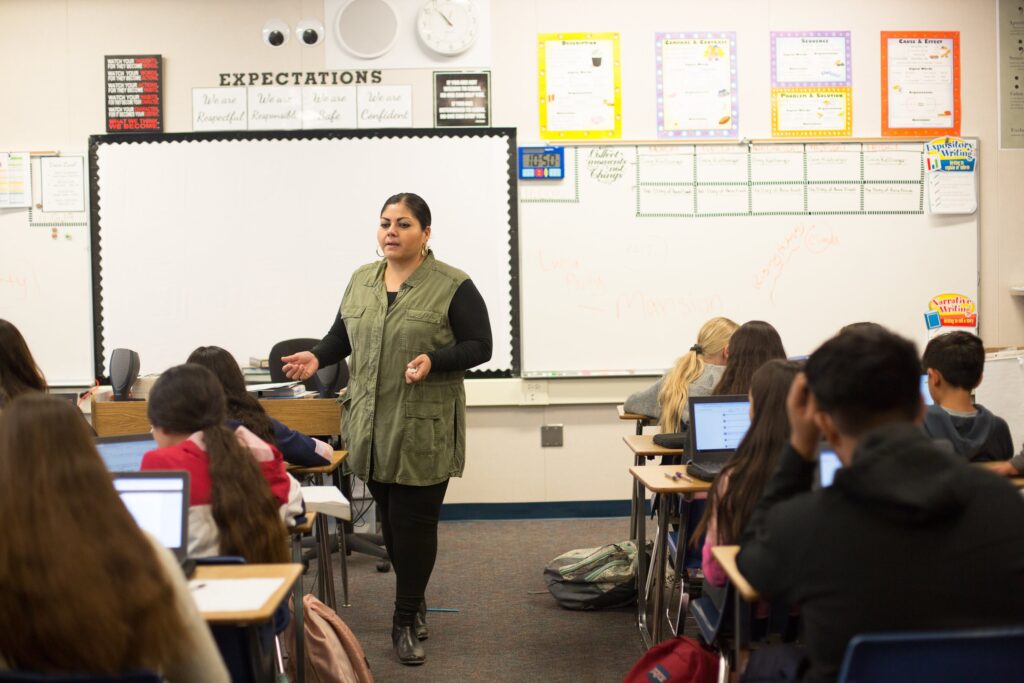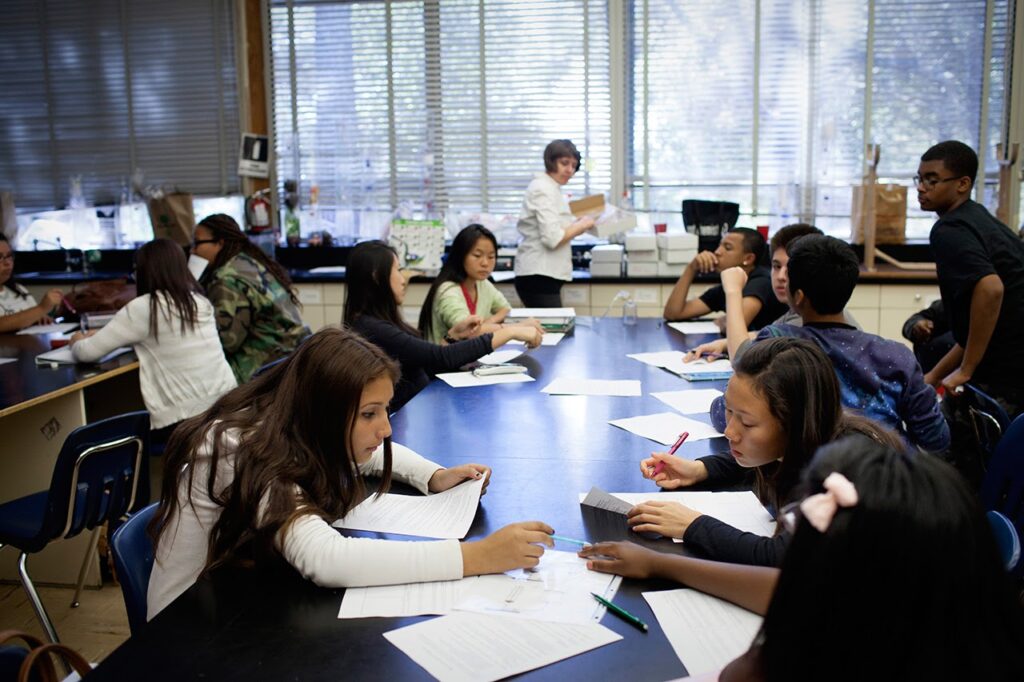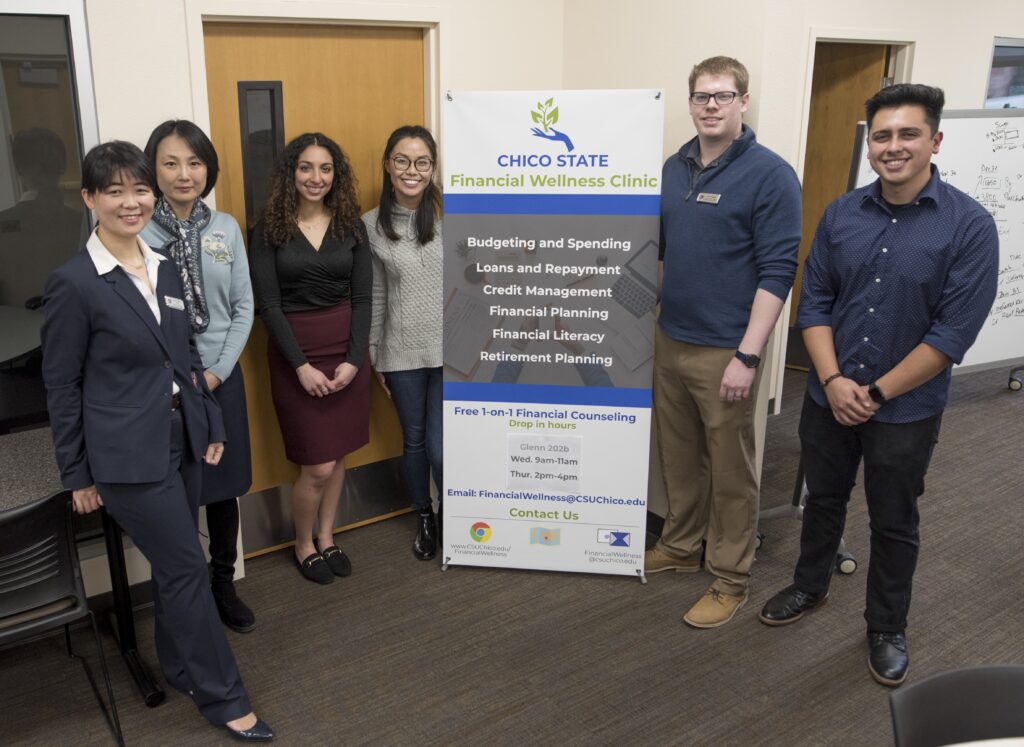
Wildfire smoke fills the air over the 110 freeway in Los Angeles.
Credit: AP Photo / Etienne Laurent
Fires, ash and power outages continue to push communities throughout Los Angeles away from their homes and into uncertainty — all while more than 12% of the state’s schools, including nearly 800 in Los Angeles Unified, have had to stop in-person instruction, and, despite incurring damages, extend essential services to students and their families.
As of 5:30 p.m. Thursday, blazes spanning roughly 350 to 17,000 acres continued to burn across Los Angeles County, according to CalFire. At least five people have died, and thousands of buildings have been destroyed.
Eight schools are among the structures that have been damaged in Los Angeles Unified School District (LAUSD) and beyond.
Schools damaged and districts closed due to fires in Los Angeles County
The map below shows the status of districts in the region. Data as of 1/10/2025 11 a.m.
Map designed by Yuxuan Xie / EdSource
“With so many students, staff, and families affected by the devastating Eaton fire and mandatory evacuations, we know this is an overwhelming and difficult time for everyone,” Pasadena Unified School District Superintendent Elizabeth Blanco said in a statement. “Our hearts are broken for everything that our beloved community is enduring. But we know that our community is strong, and together, we will get through this.”
Meanwhile, several unions — including Associated Administrators of Los Angeles/Teamsters Local 2010, Teamsters Local 572, SEIU Local 99 and United Teachers of Los Angeles — along with teachers and parents criticized the Los Angeles Unified School District’s response to the fires as well as the decision to only close campuses in certain regions on Wednesday.
LAUSD has since announced it will close all of its campuses and district offices through Friday.
“Extreme winds continue to threaten the further spread of the fires. … Air quality is at an extremely unhealthy level throughout LA, with ash falling like rain in many areas of the district,” Superintendent Alberto Carvalho and district officials wrote in a letter to four unions collectively representing more than 74,000 LAUSD employees. “Traffic is also congested throughout, making it difficult or impossible for many students and workers to travel to school sites and leaving many without food deliveries.”
“Many school sites have lost power, water, telephone, and internet access,” the letter noted. “In these extreme circumstances, requiring students, families, and workers to travel to school and attempt to conduct educational services in this environment is unsafe and irresponsible.”
Damages to schools
Los Angeles Unified and Pasadena Unified school districts have experienced severe damage from the fires.
As of Thursday, three LAUSD schools had been damaged, including Palisades Charter High School, Palisades Charter Elementary School and Marquez Elementary School, according to a district spokesperson.
At the 63-year-old Palisades Charter High School — which was featured in films including “Carrie” and “Freaky Friday”— the school community remains hopeful that 70% of its campus may survive the flames, the Los Angeles Times reported.
The damage at the other two campuses was worse, and roughly half of Marquez Elementary School has been turned to rubble.
Meanwhile, five campuses in Pasadena Unified have been damaged by the Eaton Canyon fire, which, according to CalFire, was still 0% contained as of 5 p.m. Thursday.
School Closures
As fires continue to ravage communities, more districts and schools throughout the L.A. area have opted to close.
More than 1,000 public schools closed, according to an EdSource analysis, affecting more than 9% of students across the state.
Districts that closed are:
- Alhambra Unified School District
- Arcadia Unified School District
- Beverly Hills Unified School District
- Burbank Unified School District
- Compton Unified School District
- Culver City Unified School District
- Duarte Unified School District
- Garvey School District
- Glendale Unified School District
- Glendora Unified School District
- La Canada Unified
- Los Angeles Unified School District
- Monrovia Unified School District
- Pasadena Unified School District
- Rosemead Unified School District
- San Gabriel Unified School District
- Santa Monica Malibu Unified School District
- South Pasadena Unified School District
- Temple City Unified School District
On Wednesday, the Los Angeles Unified School District — the largest in the state, with roughly 1,000 campuses — closed schools in harder-hit areas, including in the central and eastern parts of the district. Several parents had opted to keep their children home anyway, and the district’s attendance rate was 68% on Wednesday.
“I understand as a parent and former medical professional what we are dealing with,” said Vicky Martinez, a parent of three Los Angeles Unified students in the Highland Park area. “And I was not going to expose my kids and myself to the debris unnecessarily.”
Closures among colleges and universities
Several colleges and universities throughout Los Angeles also closed their campuses or halted in-person instruction.
UCLA canceled undergraduate courses on Thursday and Friday, while graduate courses are being held remotely.
Cal State Los Angeles has also announced that instruction will be online-only until Monday. “We are closely monitoring the situation and are in regular communication with our students and employees to ensure their safety and well-being,” said CSU Chancellor Mildred García in a statement Thursday morning.
The California Institute of Technology was closed Thursday but planned to reopen Friday.
Community colleges, including Glendale Community College, Pasadena City College and Santa Monica College also paused in-person instruction through the end of the week, while the Los Angeles Community College District remained closed on Thursday.
Support and relief services
The California Department of Education announced Wednesday that it, along with State Superintendent of Public Instruction Tony Thurmond, will work with SupplyBank.org Disaster Relief Fund to provide families and school employees in need with emergency resources, including housing assistance, water, food, gas cards and clothing.
Meanwhile, as part of an emergency plan, LAUSD doubled the number of available sites for Friday meal pickups between 8 a.m. and 11 a.m.
Now, each student can receive two meals at the following locations:
- Region North: Mulholland Middle School, Sepulveda Middle School, San Fernando Middle School, Richard E. Byrd Middle School
- Region East: Hollenbeck Middle School, South Gate High School, Los Angeles Academy Middle School, John H. Liechty Middle School
- Region South: Fremont High School, Harry Bridges Span School, Edwin Markham Middle School, Barack Obama Global Preparation Academy
- Region West: Marina Del Rey Middle School, Sonia Sotomayor Arts and Sciences Magnet, Berendo Middle School, Fairfax High School
Los Angeles Unified also announced Thursday a partnership with the YMCA of Metropolitan Los Angeles to help provide displaced and evacuated families with free child care and provide additional resources.
The YMCA — which has 28 centers across Los Angeles — is also allowing students who are at least 12 years old to use its facilities for free at its facilities that remain open.
“We are deeply grateful to the YMCA for stepping up during this challenging time to support our students, families, and essential workers,” Carvalho said in a statement. “This partnership exemplifies the power of community and our shared commitment to ensuring no child or family is left without support.”
Community members have also initiated GoFundMe campaigns to support teachers and families who have lost their homes; the Los Angeles County Office of Education is providing guidance to school districts and sharing resources.
“We are committed to supporting our schools and communities during this challenging time,” Van Nguyen, spokesperson for the county office, said in an email to EdSource, “and will continue to adapt our response as the situation evolves.”
Staff writers Daniel J. Willis, Diana Lambert and Karen D’Souza contributed to this report.












